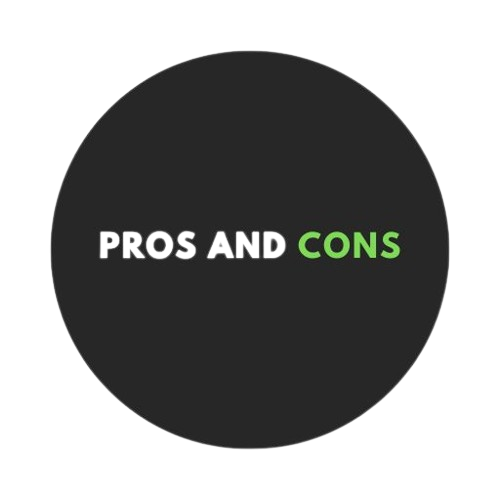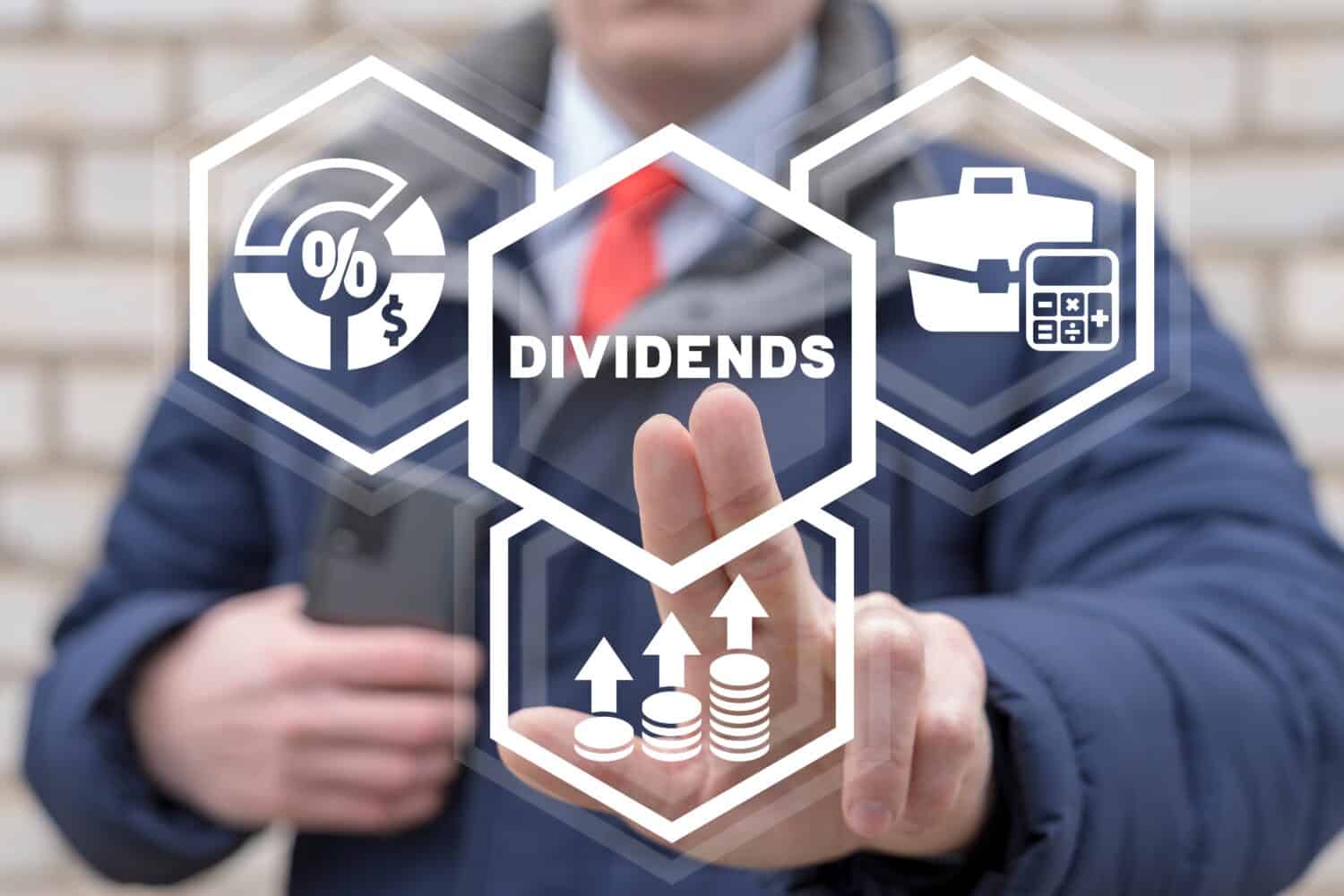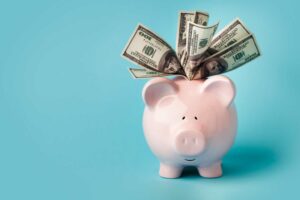Personal Finance
This post may contain links from our sponsors and affiliates, and Flywheel Publishing may receive
compensation for actions taken through them.
Retiring early is a goal for many, but achieving this goal requires a lot of thoughtful planning, including how to structure your investment strategy. Dividend stocks are often seen as an appealing option for those nearing or in early retirement. But should you rely heavily on them to reach your goal? A Redditor recently asked this question. Let’s take a look at what dividend stocks are good for (and what they’re not good for).
24/7 Wall St. Key Points
- Those with a high income and a conservative mindset may find that dividend stocks can play a role in their portfolio. However, they shouldn’t dominate it during the years you want your portfolio to grow.
- Balancing growth and stability and transitioning to dividend stocks closer to your FIRE date will likely offer the best chance to meet your $5.3M goal.
- Also: Take this quiz to see if you’re on track to retire (Sponsored)
Why Dividend Stocks Appeal to Early Retirees
Why might an early retiree want to invest in dividend stocks? There are two main reasons:
- Steady passive income: Dividend stocks can provide a constant income stream, making them a great option for retirees who want stability. A 3-5% annual dividend yield can cover living expenses without needing to sell assets.
- Simplicity and predictability: Dividend stocks tend to belong to older, established companies, making them more stable. Therefore, more traditional investors may find dividend stocks particularly attractive.
The Downsides of Overloading on Dividend Stocks
That said, we don’t recommend overloading on dividend stocks. There are several reasons why dividend stocks can be potentially troublesome if you over-invest in them:
- Lower growth potential: Often, dividend stocks just don’t grow as much as other stocks. Over a 15-year period, growth stocks can significantly outperform dividend-heavy portfolios.
- Dividend cuts are a risk: Dividends aren’t a promise. That can be cut and have in the past. If you rely on dividends for your income, this can be a serious problem.
- Tax inefficiencies: Dividends are taxed as income in non-tax-advantaged accounts. You could potentially pay more taxes on dividends than other forms of passive income.
A Balanced Strategy for FatFIRE
So, what should someone who is planning to retire early do? Here are our recommendations, especially for those with high expenses. Remember, this is just our opinion and not financial advice:
1. Focus on Growth Now, Shift to Dividends Later
With 15 years to go, prioritize higher-growth investments to maximize your portfolio’s potential. In the final 3-5 years before retirement, consider transitioning part of your portfolio to dividend stocks for stability.
2. Diversify Income Streams in Retirement
We don’t recommend relying on a single income stream during retirement. Consider a “budget strategy” to ensure you have a combination of income, growth, and liquidity. That might look something like this:
- Short-term bucket: Cash and bonds for immediate expenses and emergencies.
- Medium-term bucket: Dividend-paying stocks for income.
- Long-term bucket: Growth stocks for inflation-beating returns.
3. Reassess the 4% Rule
While the 4% rule for withdrawals is a solid guideline, we recommend something more conservative for early retirees. Consider moving your withdraw rate closer to 3%.
4. Explore Tax-Advantaged Accounts
Maximize your 401(k), Roth IRA, and other tax-advantaged accounts to minimize dividend tax drag.
Get Ready To Retire (Sponsored)
Start by taking a quick retirement quiz from SmartAsset that will match you with up to 3 financial advisors that serve your area and beyond in 5 minutes, or less.
Each advisor has been vetted by SmartAsset and is held to a fiduciary standard to act in your best interests.
Here’s how it works:
1. Answer SmartAsset advisor match quiz
2. Review your pre-screened matches at your leisure. Check out the advisors’ profiles.
3. Speak with advisors at no cost to you. Have an introductory call on the phone or introduction in person and choose whom to work with in the future
Get started right here.
Thank you for reading! Have some feedback for us?
Contact the 24/7 Wall St. editorial team.










